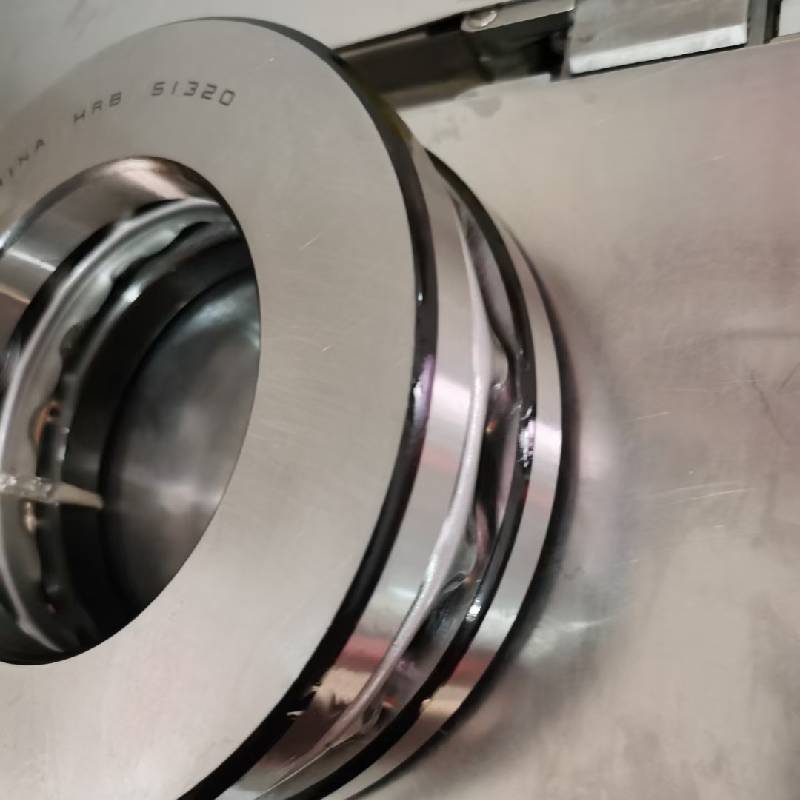
Sep . 26, 2024 01:16 Back to list
deep groove ball bearing types
Deep Groove Ball Bearing Types A Comprehensive Overview
Deep groove ball bearings are among the most widely used types of rolling element bearings. They are known for their versatility, durability, and ability to operate at high speeds, making them suitable for various applications across different industries. This article aims to provide an in-depth understanding of deep groove ball bearings, including their types, features, and applications.
What are Deep Groove Ball Bearings?
Deep groove ball bearings consist of an inner raceway, an outer raceway, and a set of balls that facilitate smooth rolling motion. The design of these bearings allows them to handle both axial and radial loads effectively. The geometry of the raceways and the balls contributes to their ability to achieve high speeds and carry substantial loads, making them indispensable in machinery design.
Types of Deep Groove Ball Bearings
Although the fundamental design of deep groove ball bearings remains the same, there are several variations categorized based on different factors. Here are some common types
1. Single Row Deep Groove Ball Bearings The most common type, single row deep groove ball bearings, consist of a single row of balls. They are best suited for applications where space is limited and only a moderate load is present. This type is widely used in electric motors, gearboxes, and household appliances.
2. Double Row Deep Groove Ball Bearings Double row bearings contain two rows of balls, allowing them to carry heavier loads compared to their single row counterparts. They are often used in applications demanding high radial loads, such as in construction machinery and heavy equipment.
3. Sealed Deep Groove Ball Bearings These bearings come equipped with seals that protect the internal components from contaminants such as dirt, dust, and moisture. Sealed deep groove ball bearings are ideal for applications in harsh environments, where exposure to pollutants can significantly reduce bearing lifespan.
4. Shielded Deep Groove Ball Bearings Shielded bearings feature metal shields instead of seals, providing a level of protection against contamination while allowing some lubrication to escape. They are often selected when slight exposure to external environments is acceptable.
deep groove ball bearing types

5. Angular Contact Deep Groove Ball Bearings Although classified as deep groove bearings, these variants have a modified raceway design that enables them to handle higher axial loads. They are suitable for applications requiring precise axial alignment and can be used in pairs or sets for increased load capacity.
6. Ceramic Hybrid Deep Groove Ball Bearings These bearings incorporate ceramic balls with steel races, offering advantages such as lower friction, higher thermal resistance, and reduced weight. They are particularly beneficial in high-performance applications, including high-speed motors and aerospace systems.
7. High-Performance Deep Groove Ball Bearings Designed for extreme conditions, high-performance bearings may incorporate advanced materials and lubrication solutions. They are essential in applications that involve high speeds, high temperatures, or aggressive environments, such as oil and gas extraction and renewable energy systems.
Key Features and Benefits
- Versatility With numerous designs and configurations, deep groove ball bearings can be adapted to suit various applications. - Load Capacity They efficiently support both radial and axial loads, making them suitable for diverse mechanical systems. - Durability Quality materials ensure that deep groove bearings can withstand wear and tear, contributing to longer service life. - Low Friction These bearings provide minimal resistance during operation, which enhances energy efficiency and performance. - Ease of Maintenance Many types of deep groove ball bearings are designed for easy installation and maintenance, reducing downtime.
Applications
Deep groove ball bearings are found in numerous applications across different sectors - Automotive In engines, transmissions, and wheel hubs. - Industrial Equipment In pumps, conveyors, and compressors. - Aerospace In aircraft engines and control systems. - Home Appliances In washing machines, fans, and power tools.
Conclusion
Deep groove ball bearings are fundamental components in modern machinery and equipment. Understanding the various types and their specific attributes allows engineers and designers to select the right bearing for their applications. By leveraging the advantages of deep groove ball bearings, industries can improve the efficiency, reliability, and longevity of their products. Whether in manufacturing, automotive, or aerospace, deep groove ball bearings serve critical roles, underscoring their importance in engineering and design.
Latest news
-
Premium Deep Groove Ball Bearings | High Speed & Reliability
NewsAug.29,2025
-
Durable Scaffolding Clamps - Secure & Reliable Tube Connectors
NewsAug.28,2025
-
Common Failures in Thrust Ball Bearings and Solutions
NewsAug.22,2025
-
How Tapered Roller Bearings Can Take Shock Loads
NewsAug.22,2025
-
Angular Bearings in High-Precision Spindles
NewsAug.22,2025
-
The Impact of Misalignment on Cylindrical Roller Bearing Performance
NewsAug.22,2025
